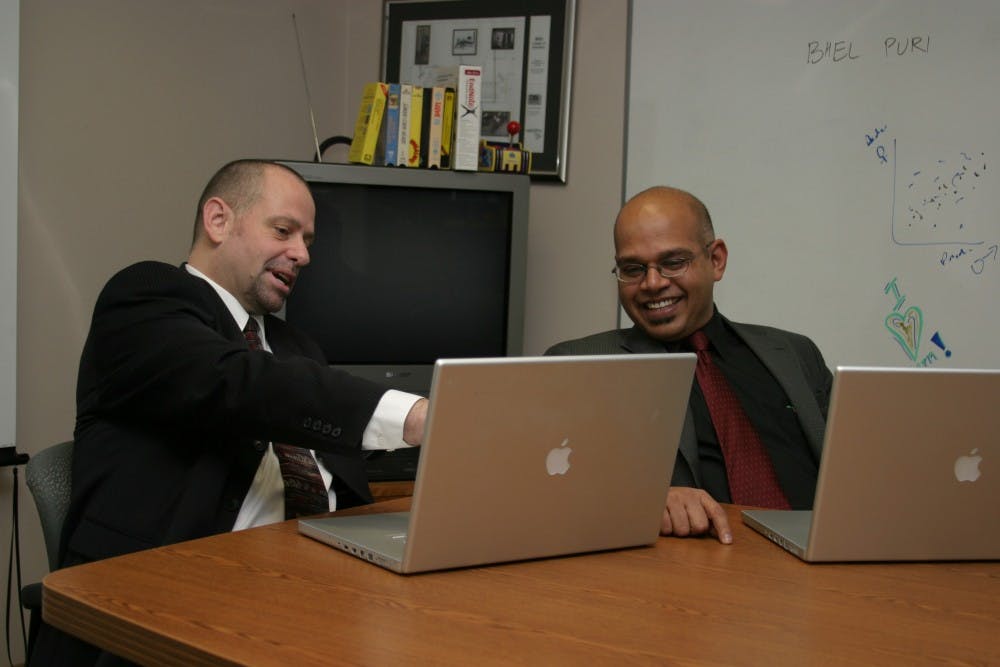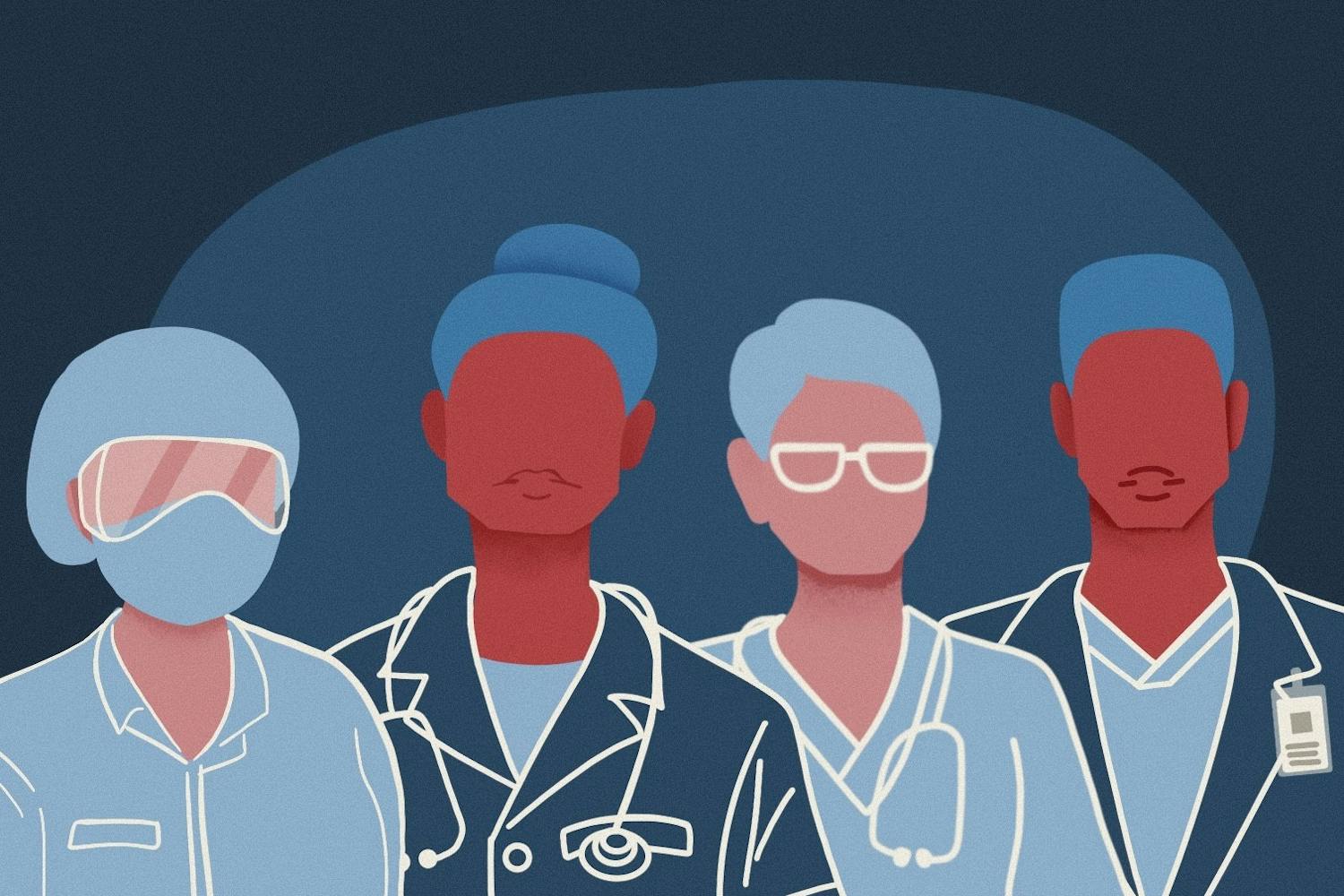The Mary Lou Fulton Teachers College is infusing technology in the classroom in a brand new way, and its gaining national attention.
The American Association of Colleges for Teacher Education awarded the college for its participation in the National Education Technology Plan. Mary Lou Fulton Teachers College will officially receive the Best Practice Award for the Innovative Use of Technology award March 4 in Tampa, Florida.
Teresa Foulger, an associate professor of educational technology, is helping to lead the National Education Technology Plan, a collaborative effort to create guidelines for educating future teachers. Foulger is working on the project with ASU researchers Keith Wetzel, Ray Buss, LeeAnn Lindsey and Stacey Pasquel.
“(The National Education Technology Plan) is a national effort to get experts to provide input on what are the competencies for faculty who work with pre-service teachers,” Foulger said. “To help those pre-service teachers learn how to use technology in their future classrooms.”
The project has ongoing research by various professors, Foulger said. The goal of the project is to create a set of expectations for professors who are teaching future teachers. Rather than teaching the prospective teachers in one course, like ASU did in the past, a whole program is being implemented.
“The research from TPACK (Technological Pedagogical And Content Knowledge) tells us that teaching with technology is developmental,” Foulger said.
Punya Mishra, an Associate Dean of Scholarship of Innovation and professor for the teacher’s college, is one of the creators of the TPACK Framework.
“The TPACK model argues, essentially, that if you’re thinking about integrating technology in a classroom context, you can’t just be driven by technology but by the subject matter that you are teaching and how you plan to teach it," Mishra said. "And so the TPACK model essentially shows that you should work in tandem with each other.”
Mishra said that in order to prepare teachers for tomorrow’s classroom, they must be going in already thinking about how they’re going to use technology to enrich the classroom. He also said that he doesn’t know of any other university that does this scale of technology integration and infusion in their teacher preparation programs.
Assistant professor of Learning Sciences for ASU, J Bryan Henderson said, “I did okay in spite of the system not because of it.”
Henderson is the creator of the non-profit cloud based software Braincandy, a software platform specifically created for the classroom. His aim is to make the system work to benefit the students learning journey.
“It’s a cloud based software that allows students to anonymously tell professors what they know,” Henderson said.
He said it affords teachers the ability to compile the information their students give them "in real time and display it in different ways so they can parlay it into classroom activities.”
Reproduced by permission of the publisher, © 2012 by tpack.org
Braincandy was created three years ago, and members who have contributed are all teachers and learning scientists. Henderson aims to make learning a conversation; a safe space for students to explore their own thoughts and have a greater understanding of what they’re being taught.
“In my experience, when you teach and ask a question and you ask for a show of hands, often times that show of hands is a show of confidence,” Henderson said. “Often times only the most confident students raise their hand.”
Henderson uses Braincandy in every course he teaches at ASU. He said he receives very positive feedback from his students. The anonymous feature of the software allows for students to participate more and to further analyze and critic their ideas.
“It takes time for our thinking to form, and having opportunities to articulate that thinking really allows for a more robust and integrated deep form of thinking to manifest,” Henderson said.
He said that when students share ideas, even if they are not completely developed yet, it can be beneficial.
“I have not found any university who is addressing technology integration curriculum throughout the program like we are,” Foulger said. “We’re definitely leading the way.”
Reach the reporter at somarquez@asu.edu and on Twitter @stefmarz.
Like The State Press on Facebook and follow @statepress on Twitter.





